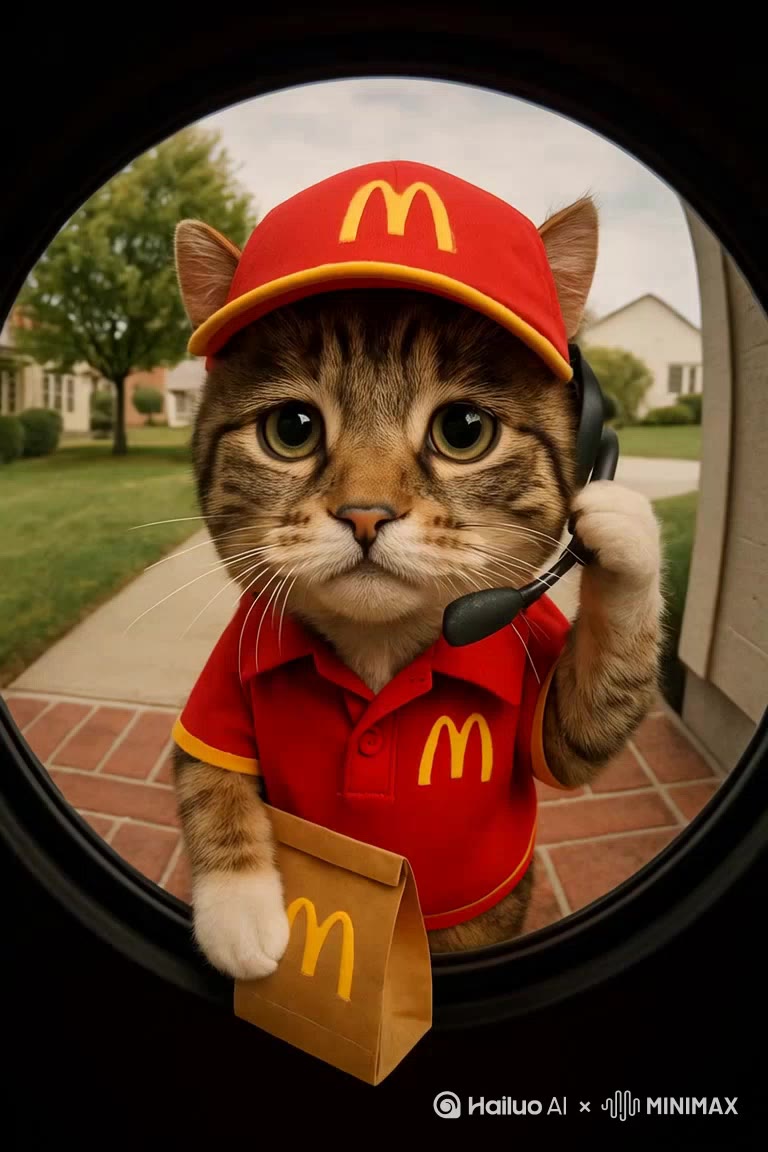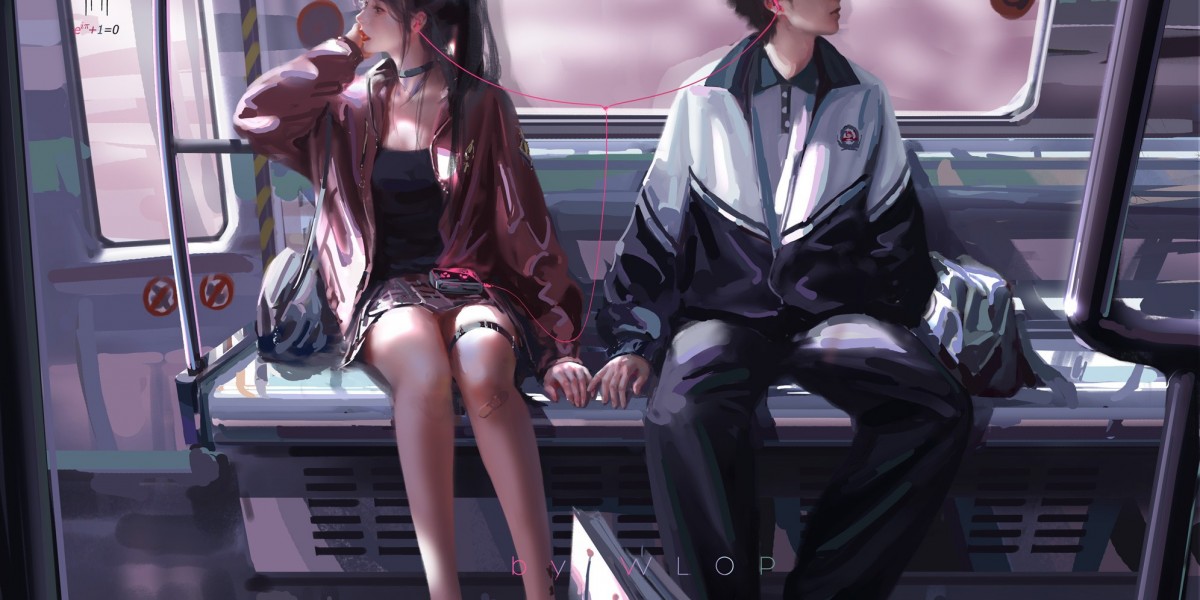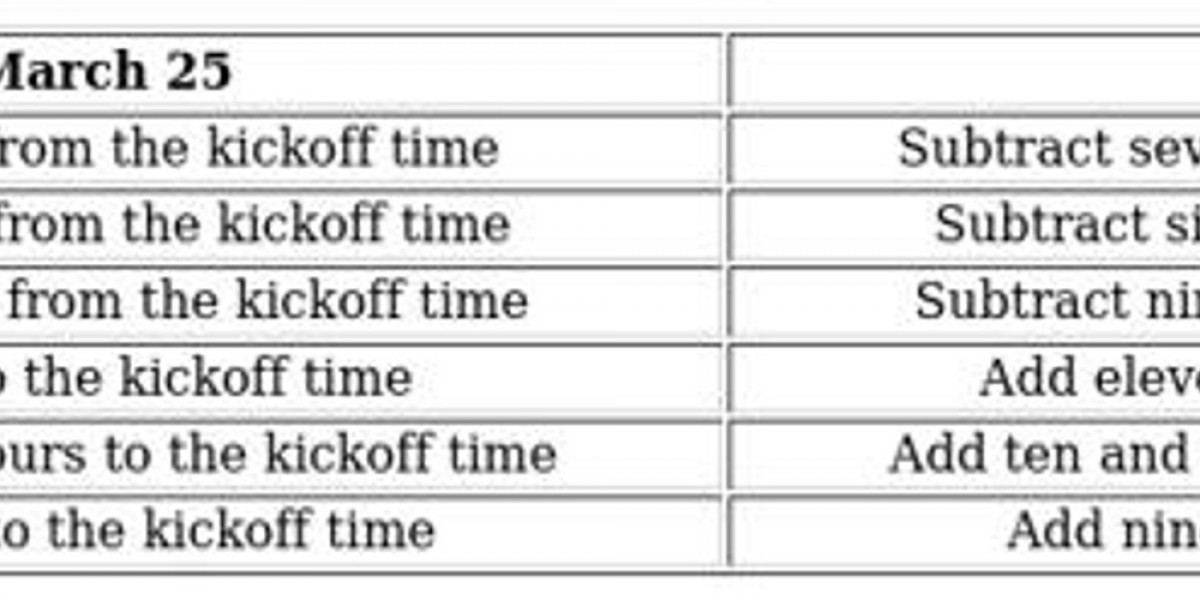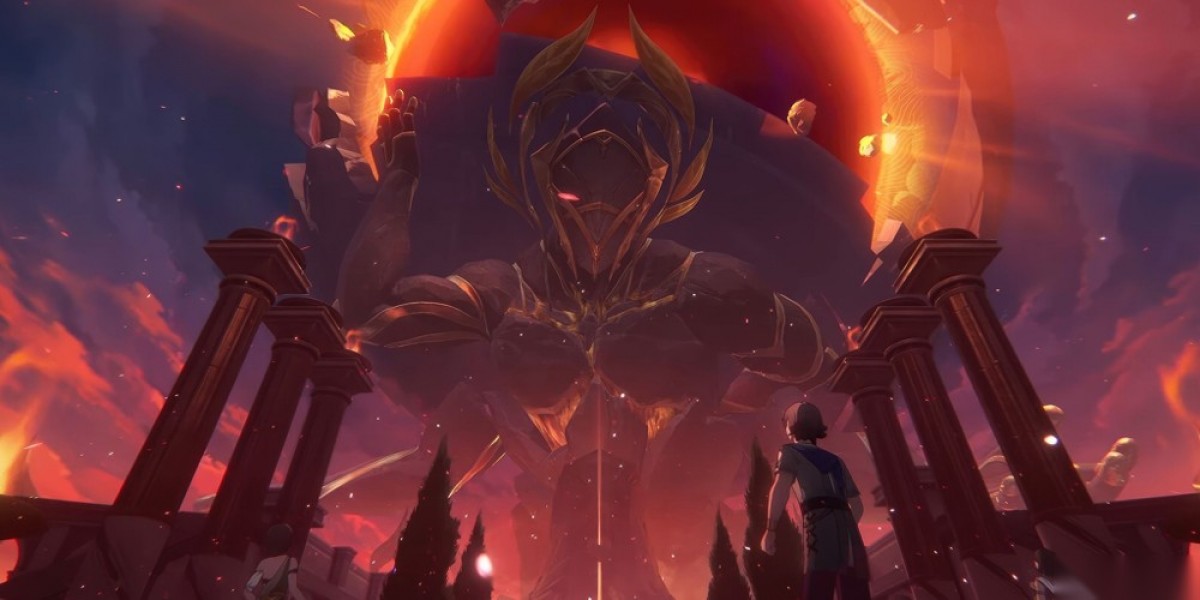Unlocking the Magic: Discover the Transformative World of AI Animation!
In an era where technology continuously reshapes our realities, AI animation stands out as a remarkable innovation. This powerful fusion of artificial intelligence and animation is revolutionizing how creators breathe life into their ideas. As the digital landscape evolves, the relevance of AI animation becomes increasingly pronounced, offering unprecedented opportunities for storytellers, educators, and marketers alike. From enhancing creative processes to generating lifelike characters, AI has the potential to transform traditional animation techniques and push the boundaries of imagination. With applications spanning various industries—from entertainment to education—the magic of AI animation is only just beginning to unfold.

Understanding AI Animation Technologies
At the heart of AI animation lies a complex interplay of advanced technologies that enable the creation of realistic and engaging animations. Machine learning, a subset of artificial intelligence, empowers systems to learn from data and improve their performance over time. This technology is integral for animators, as it allows for the development of algorithms that can predict movements and simulate realistic behaviors. Neural networks, another essential component, mimic the human brain's interconnected neuron structure to process vast amounts of data, making it possible to generate animations that closely resemble real-life actions. Additionally, computer vision technology enables machines to interpret and understand visual information from the world, allowing for automatic tracking and rendering of animated characters based on real-world movements. Together, these technologies streamline the animation process, making it not only faster but also more accessible for creators, regardless of their skill level.
Techniques Used in AI Animation
AI animation employs a variety of innovative techniques that enhance both creativity and efficiency in production. Motion capture, for instance, is a technique that records the movements of live actors, translating them into digital form for animated characters. This process results in fluid and realistic animations that would be challenging to achieve through traditional methods. Another notable technique is the use of Generative Adversarial Networks (GANs), which involves two neural networks competing against each other to produce new data. This can lead to the creation of unique animation styles that blend various artistic influences, thus enhancing the creative palette available to animators. Style transfer, another fascinating technique, allows artists to apply the visual characteristics of one image to another, enabling the seamless merging of different artistic styles within an animation. These methods not only foster increased creativity but also significantly reduce production time, making high-quality animation more attainable.
Applications of AI Animation Across Industries
The applications of AI animation are vast and varied, impacting several sectors in profound ways. In the entertainment industry, AI-driven animation techniques are being used to create lifelike characters in films and video games, enabling deeper emotional connections with audiences. For instance, a friend of mine who works in game design recently shared how AI tools helped his team develop a character whose expressions and movements felt incredibly human, enhancing player immersion. In education, AI animation is transforming how complex concepts are taught, allowing for interactive and engaging learning experiences through animated tutorials and simulations. The advertising world is also leveraging AI animation to produce eye-catching advertisements that captivate viewers and effectively convey brand messages. Lastly, in the gaming industry, AI animation contributes to developing dynamic environments and responsive characters, creating immersive worlds that adapt to player choices. These varied applications demonstrate how AI animation is not just a tool for creatives but a game-changer across multiple domains.
The Future of AI Animation
Looking ahead, the future of AI animation appears bright with limitless possibilities. As technology advances, we can expect significant improvements in realism, enabling animations that are indistinguishable from live-action footage. Furthermore, the potential for interactivity is expanding, allowing audiences to engage with animations in ways previously thought impossible. Imagine a viewer being able to influence the storyline of an animated film in real time! However, with these advancements come ethical considerations that must be addressed. As AI takes a more prominent role in the creative process, the balance between innovation and traditional artistry becomes crucial. It is essential to ensure that the heart and soul of storytelling remain intact, even as we embrace the capabilities of AI. Thus, while the future of AI animation is filled with exciting prospects, it also calls for a thoughtful approach to its integration into the creative landscape.
Key Takeaways on AI Animation
In this exploration of AI animation, we have uncovered the transformative technologies, techniques, and applications that are reshaping the creative landscape. From the foundational technologies of machine learning and neural networks to the innovative techniques that enhance animation production, it's clear that AI is paving the way for a new era in animation. The diverse applications across industries illustrate just how far-reaching the impact of AI animation can be, enriching entertainment, education, and more. As we look to the future, it is vital to stay informed about these advancements and their implications for the creative community. Embracing AI animation not only unlocks new creative possibilities but also challenges us to preserve the essence of artistry in an increasingly automated world.








